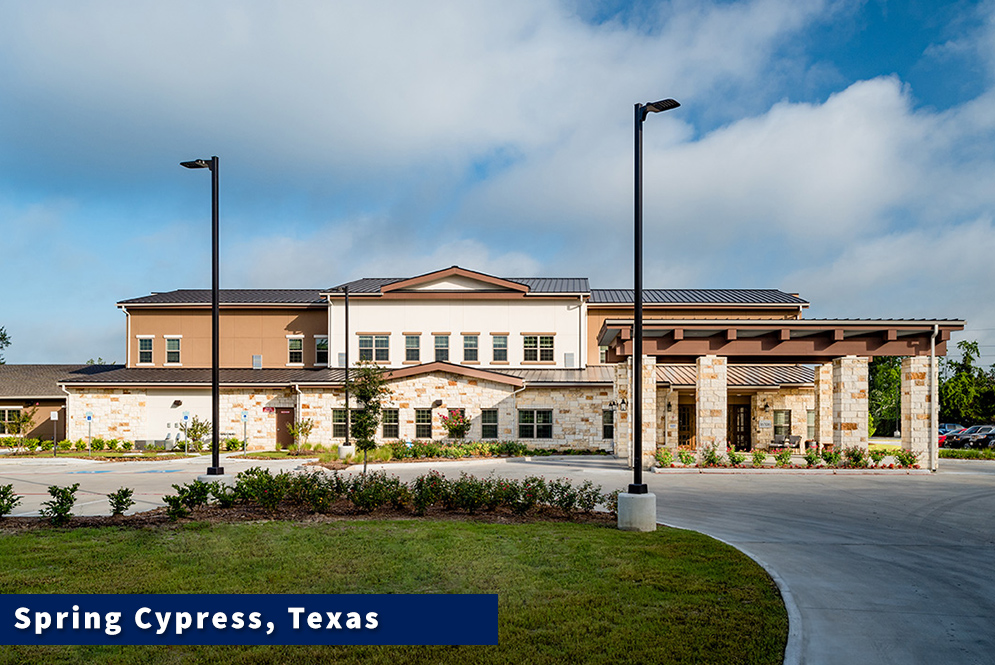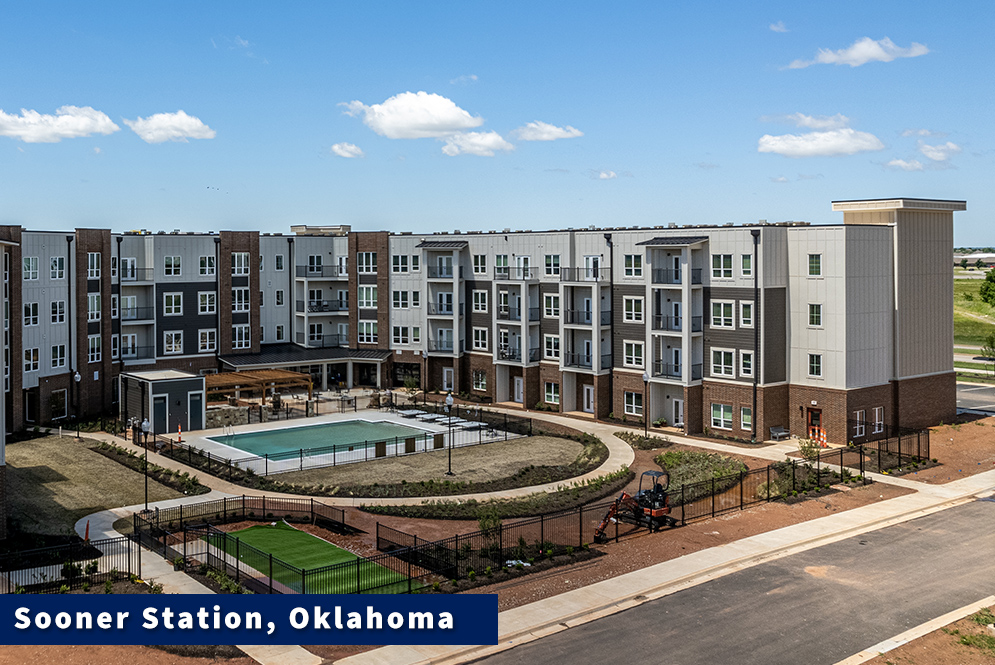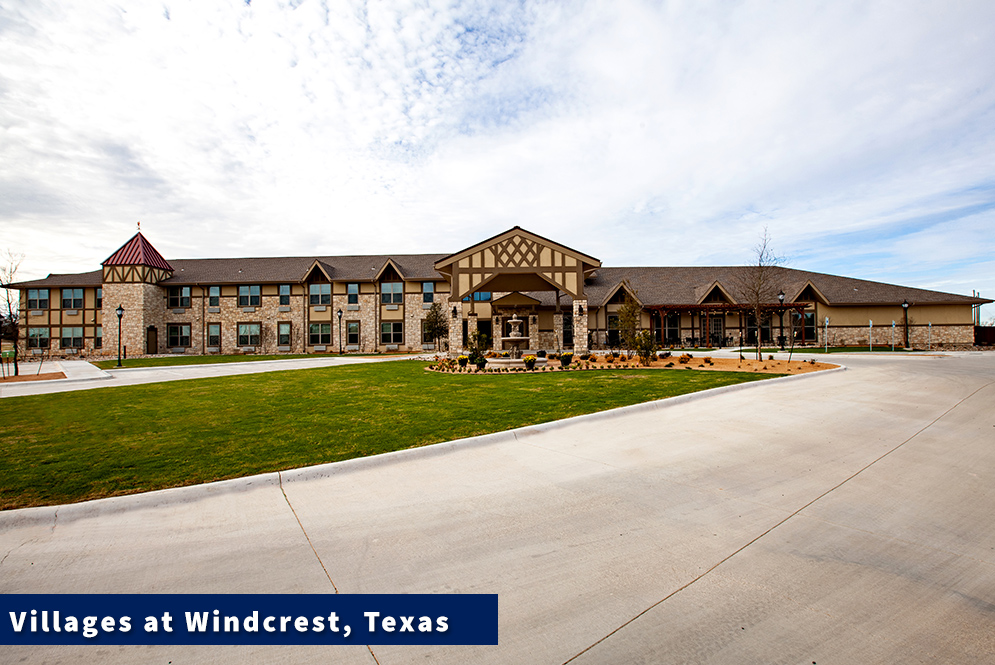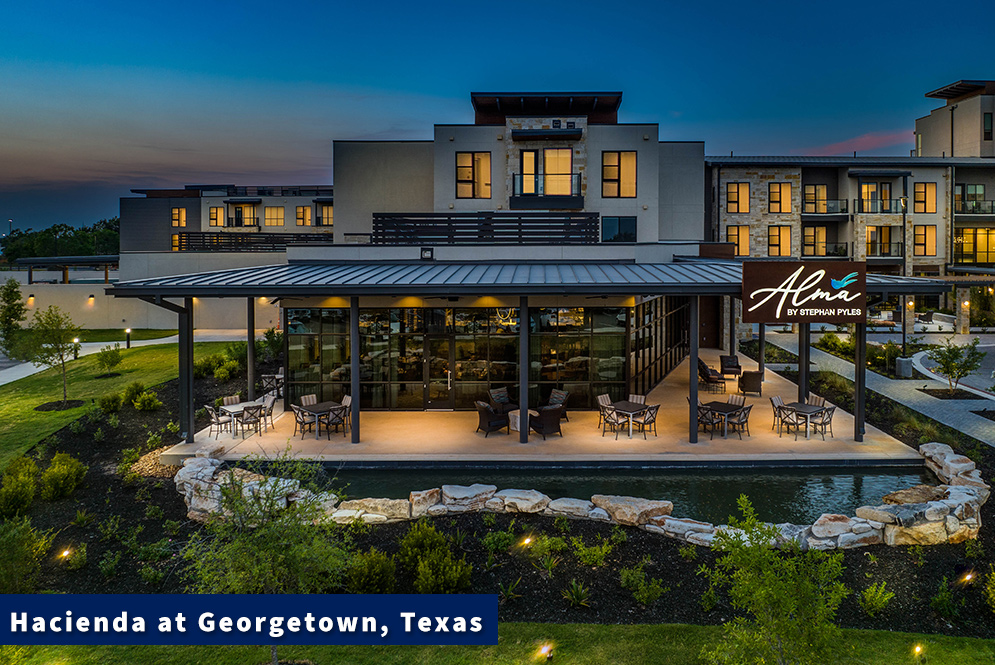Asset Class
In the US, the senior living asset class is experiencing a strong upswing due to the growing number of older Americans. Various facilities such as assisted living, nursing homes, senior living communities and independent living apartments offer different care and housing options to the elderly. The increased interest from investors is a result of the growing demand for high-quality facilities tailored to the needs of the elderly.
Assets under Management, Senior Living
Active Senior Living Investments
| Country | Type | Asset Name | Year acquired | Estimated IRR (%) | Estimated Multiple |
|---|---|---|---|---|---|
| USA | Development | The Villages of Windcrest | 2017 | 16.2 | 2.2 |
| USA | Development | Hacienda at Georgetown | 2020 | 14.0 | 2.0 |
| USA | Development | Sooner Station at Northpark | 2020 | 13.0 | 1.8 |
| USA | Development | Spring Cypress | 2022 | 12.7 | 1.7 |



